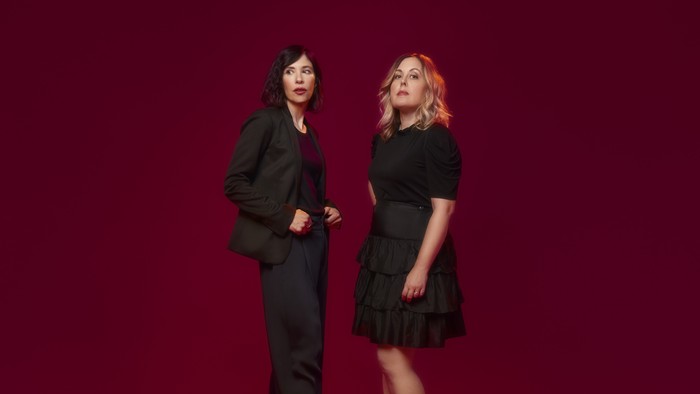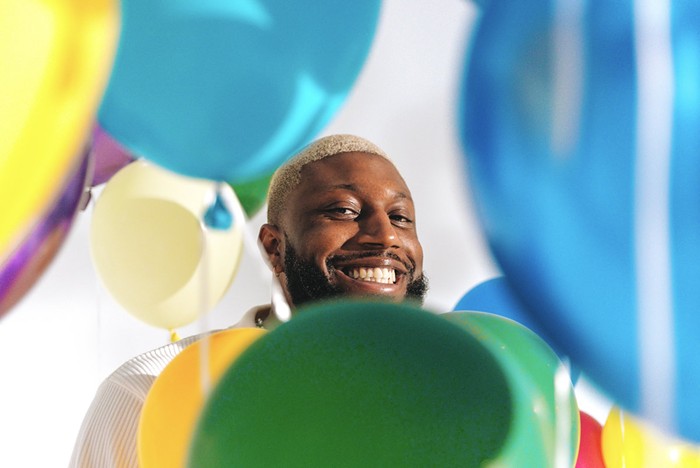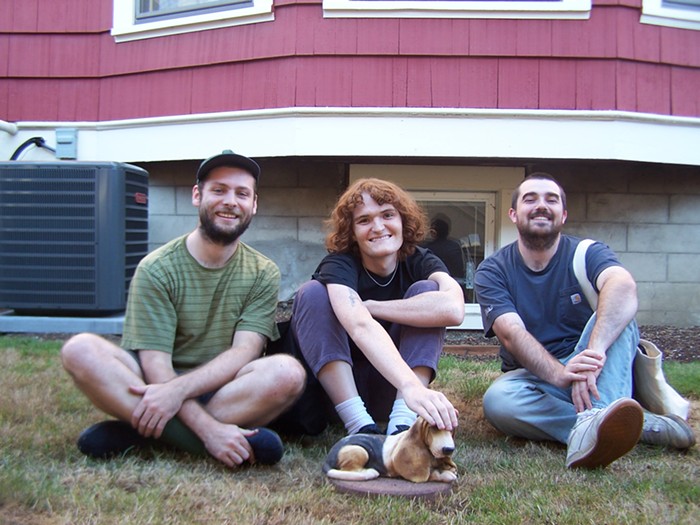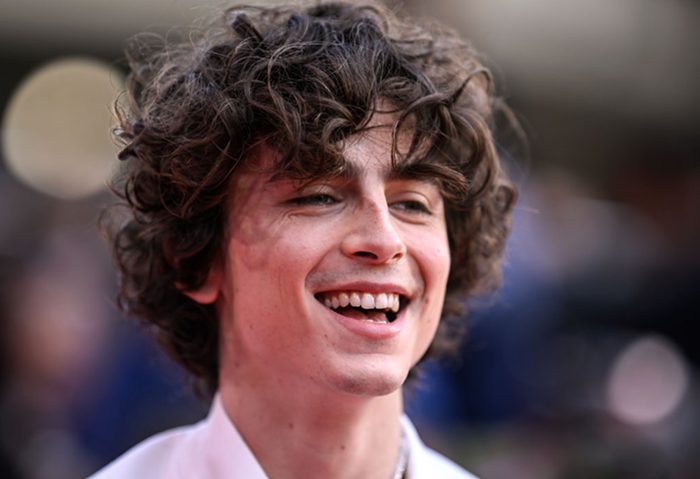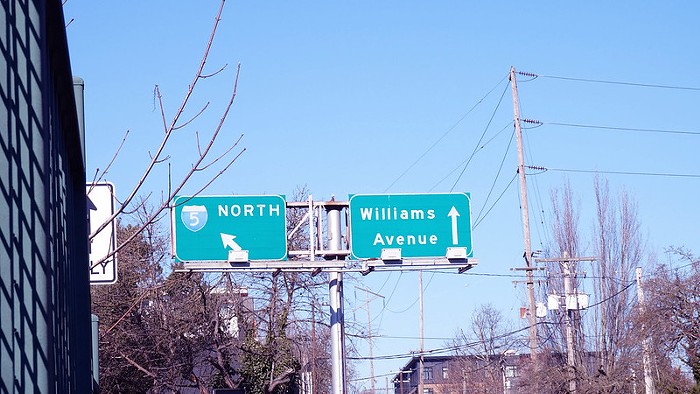
The Portland post-jazz quintet Blue Cranes has been carving their own unique space in the Portland music scene since 2007. The group consists of Reed Wallsmith on alto saxophone, Joe Cunningham on tenor saxophone, Rebecca Sanborn on keyboards, Jon Shaw on bass, and Ji Tanzer on drums. The group recently dropped their ambitious fifth album Voices—an album years in the making, and a collaboration with nine talented vocalists who all have the shared experience of living or having once lived in Portland.
“We wanted to push ourselves and our collaborators into unfamiliar territory,” co-founder Reed Wallsmith says in an interview with Isra Box. “It is very much a Blue Cranes album at heart, written and performed in the spirit of collaboration and discovery."
Holland Andrews, formally known by the stage name Like a Villain, is the first voice we hear on the album on the introductory track “Brave Little Girl,” which serves notice that we’re about to enter an enchanted space. The song patiently guides you into the album with a growing number of instrumentals building on top of each other, all the while tamed by the mesmerizing vocals of Andrews. This vocal power dynamically reaches above the crashing of improvisational instrumentals as Andrews brings to life lines from a poem by Colorado Springs poet Nico Alvarado. “The music for ‘Brave Little Girl’ was composed entirely in the moment,” Reed writes in the band's Facebook post describing the song's unique sound.
The intro track bleeds perfectly into the second song of the album, “Tatehuari,” which features a collaboration with Pink Martini’s Edna Vazquez and Y La Bamba’s Luz Elena Mendoza. The song uses the subtlety of the percussion and sax sound which settles down the frenetic instrumentals of the intro, and builds up to a vocal crescendo at the song’s conclusion.
Blue Cranes keyboardist Rebecca Sanborn takes the album into a more traditional space with the beautifully textured song “Handbook of the Dead.” This transition is so perfectly done it’s difficult to notice the tonal change, and the track settles in to find its place as another great song. “Handbook of the Dead” marks the first time Sanborn has been featured as a vocalist/lyricist on a Blue Cranes record, and she kills it.
The journey continues on its whorling pace of improvisational mastery and vocal luster in the stand out song “Raven,” featuring indie-soul singer Redray Frazier. This song is a wall of symphonic jazz tones and poignant lyrics written by Portland native Liz Vice. She describes her motivation for the lyrics by saying:
"There is a particular story in the ancient Jewish text, the Torah, about a prophet who ran for his life and asked for his God to kill him because he was afraid for his life. His God had compassion for him and let him rest for three days in a cave using a raven to feed him. What’s fascinating about this story is that in those days ravens were believed to be an omen of evil. To see something considered to be evil feeding a man in his distress is beautiful to me. Sometimes the very things that we have been taught are evil or bad or ‘other’ are the things that provide us life."
During the process of writing “Raven,” Vice moved from Portland to New York, which opened the door for another vocalist to lend their talents to the project.
“We were lucky to work with singer/songwriter Redray Frazier, who lent his beautiful voice and heart to this song.” Reed says. It’s clear Frazier adds a certain flow to the song that is indelible to the track, but also demonstrates the beauty of extremely talented artists coming together.
The album closes perfectly with “Favorite Son,” which features the alt-folk vocals of Laura Veirs. This song includes guitarist Timothy Young (The Late Late Show with James Corden), trumpeter Noah Simpson, and violist Kyleen King, among others complementing Blue Cranes member Joe Cunningham’s lyrics. Favorite Son is yet another example of the wonderful way the album was arranged as it evokes imagery of the end of a great show at your favorite venue when the lights come up but you just don’t want to go home. The final improvisational collage of sounds is set up perfectly by Veirs' tranquil vocal delivery, all of which is finally brought home by some of the best sax instrumentation of the entire album. The track serves as a testament to the album’s sequencing, as it gently exits us from the enchanted experience.
The artistry of this album expands beyond the sonic pleasure of the musical collaborations and into the visual realm with the music video for “The Back Steps.” The video was made by filmmaker and musician Rachel Blumberg, who many people may know for her time as the drummer/vocalist for The Decemberists. The video’s a dreamscape of rolling waves onto a shore, at times superimposed over little girls at play on the beach, and visually comes across with an archival texture of a Ken Burns documentary. Spliced into these nostalgic scenes are some stop-motion animation which seems to serve as a reminder that it’s all a dream of a time gone by. Images of a hand typing on an early model typewriter is spliced in, which effectively evokes the storytelling element of the song. This all comes together giving life to Reed Wallsmith’s lyrics, inspired by a poem from Nico Alvarado, with its stunning evocation of the halcyon days.
“Its repetition of rhythmic figures and plaintive vocal poetry mentioning girls and waves and wooden wind and other things made me imagine a microscopic world and a capturing of a moment in time," Blumberg says about the inspiration for the video.
Voices is an album that ultimately serves as a sublime reflection of Portland’s artists and the collaborative spirit that makes them special.
